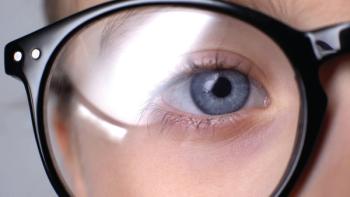
According to Oculus, its Myopia Master saves space and can be mounted on a workstation or an ophthalmic table. The software is operated directly via an inbuilt display.

According to Oculus, its Myopia Master saves space and can be mounted on a workstation or an ophthalmic table. The software is operated directly via an inbuilt display.
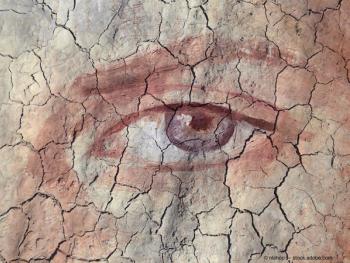
The company is evaluating topical cyclosporine to treat the signs and symptoms of dry eye disease.

According to the Refractive Surgery Council, patients continue to have a high level of interest in laser vision correction procedures.
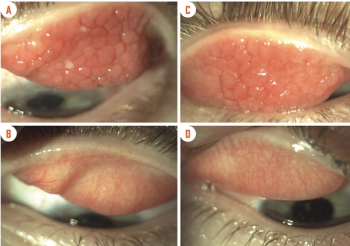
Most patients with allergic disorder are children, adolescents, or young adults.

Edward Manche, MD, discusses results from his presentation regarding outcomes of corneal crosslinking keratoconus in a pediatric population.

Trifocal IOLs can, if implanted with caution, be suitable for patients with keratoconus.

A team of investigators used corneal confocal microscopy to identify corneal nerve damage in cases of long COVID.
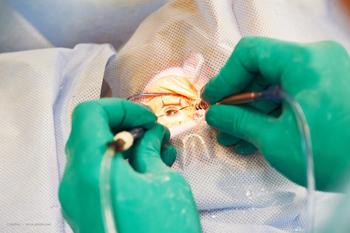
Steven Greenstein, MD, reports on results of epi-off corneal collagen cross-linking treatment in keratoconus and ectasia patients 10 years after undergoing laser refractive surgery.
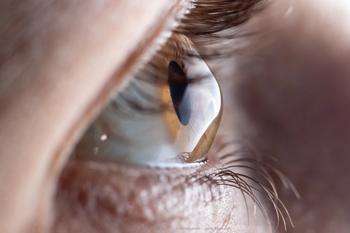
Kathryn M. Hatch, MD, details how collagen CXL is evolving with the goals of reducing complications and actually improving visual acuity.
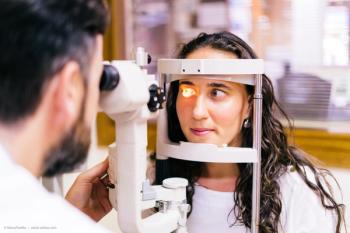
Ex vivo experiment identifies potential benefit for supplementary oxygen.

Cynthia Matossian, MD, FACS, provides an overview on dry eye flares, including causes, symptoms, and her experience with dry eye flare patients.

Santen Inc. announced Thursday that the U.S. FDA has approved Verkazia (cyclosporine ophthalmic emulsion) 0.1% eye drops to treat vernal keratoconjunctivitis (VKC).

Patients who are members of racial and ethnic minority groups present clinically with worse objective measures of dry eye than patients who do not belong to these groups, new research shows.

According to investigators, the system has been shown to almost triple the number of people with eye problems attending primary care, as well as increasing appropriate uptake of hospital services.

Postop management with long-term topical antibiotics is critical to successful device retention.
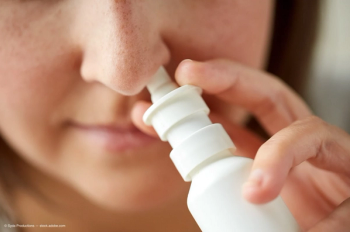
Oyster Point Pharma announced today the enrollment of the first participant in its OLYMPIA phase 2 clinical trial of OC-01 (varenicline) nasal spray to treat stage 1 neurotrophic keratopathy (NK).

The event, being held at the Mandalay Bay Resort and Casino in Las Vegas, is offering a full agenda for in-person attendees.
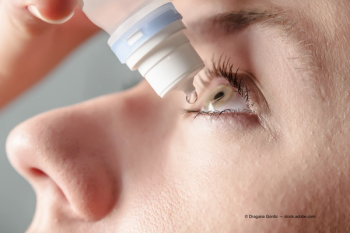
Researchers seek to identify new serological biomarkers that could better characterize Sjogren’s syndrome and overcome the limitations of traditional antibodies.

Unique clinical trials and novel products of interest currently under investigation for the treatment of dry eye disease.
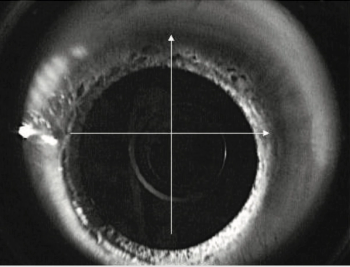
Procedure can improve best-corrected visual acuity, enhancing quality of life for patients.
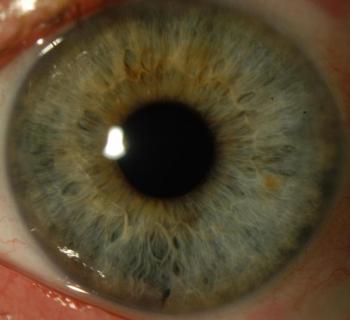
Backed by a five-year, $6.4 million grant from the National Eye Institute of the National Institutes of Health, investigators from Case Western Reserve University, University Hospitals and the Jaeb Center for Health Research hope to determine which diabetic patients can successfully donate their corneas for keratoplasty (and which should not).
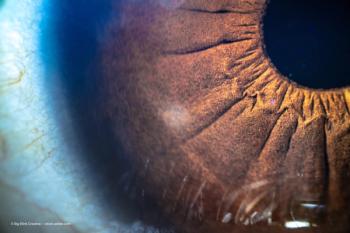
Observation over the long term is needed to determine treatment efficacy.
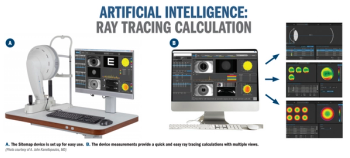
Novel technique provides another option for normal and irregular corneas.
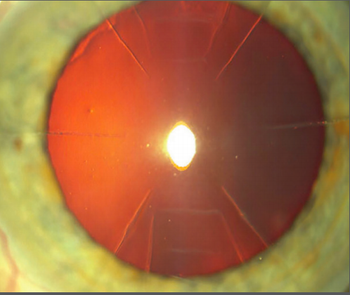
New option may prove to be a solution for cataract cases with unusual corneas.

Ophthalmologist offers pearls for management, treatment of myriad issues.